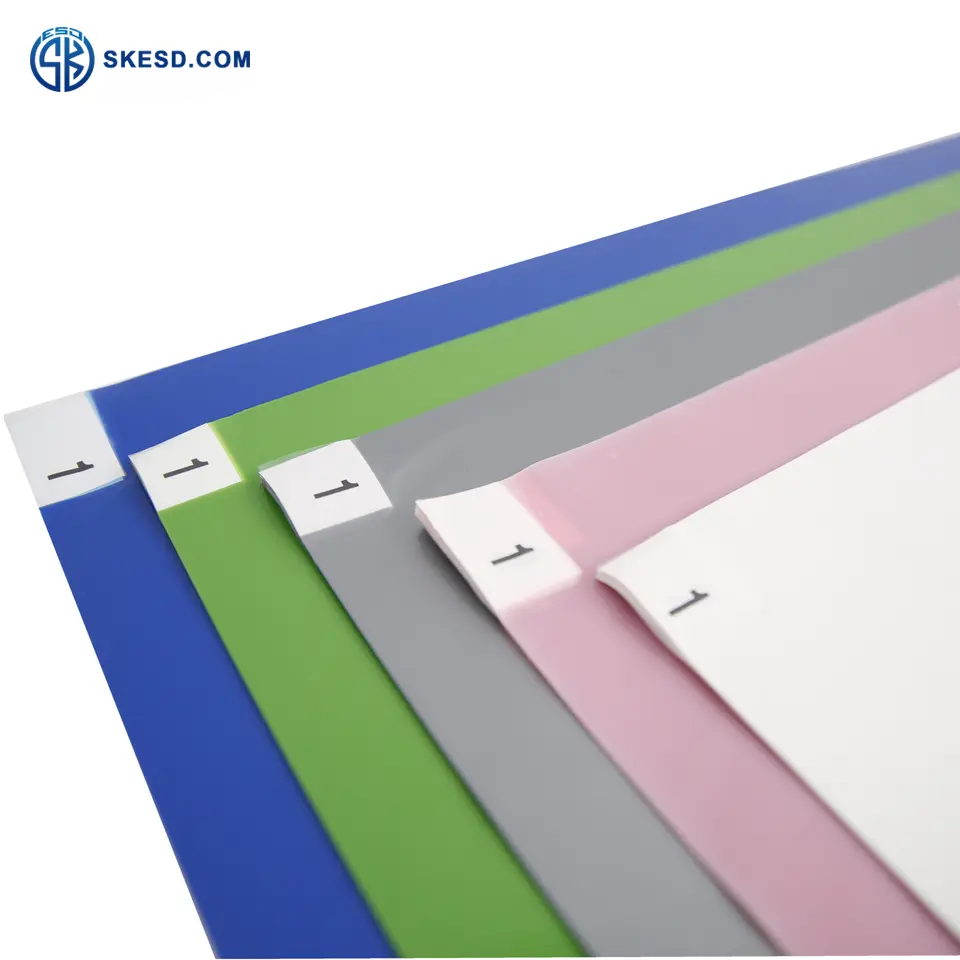In today’s fast-paced and technology-driven world, cleanrooms play a vital role in various industries, including pharmaceuticals, electronics, aerospace, and more. These controlled environments require meticulous attention to detail to ensure the quality and integrity of the products being manufactured or researched. One crucial component of maintaining cleanrooms is the use of cleanroom swabs, which are designed to remove contaminants effectively. In this article, we will guide you through the process of choosing the right cleanroom swabs for optimal results, helping you make informed decisions and enhance your cleanroom practices.

Understanding Cleanroom Swabs
Cleanroom swabs are specialized tools used for cleaning and sampling purposes within cleanroom environments. They are designed to be low in particle generation and extractable levels, ensuring minimal contamination. Clean room swabs typically consist of a handle and a head made of various materials, such as foam, polyester, microfiber, or cotton, depending on the specific requirements and sensitivities of the cleanroom environment.
Factors to Consider When Choosing Clean room Swabs
- Cleanroom Classification and ISO Standards: Before selecting clean room swabs, it’s essential to understand the classification of your cleanroom based on ISO standards. The classification determines the permissible particle count in the environment, which in turn influences the requirements for cleanroom swabs. Familiarize yourself with ISO 14644-1 standards and consult with cleanroom experts to determine the appropriate class and associated requirements.
- Material Compatibility: Different cleanroom applications require specific swab materials to prevent contamination or damage to delicate surfaces. Assess the compatibility of swab materials with the substances or cleaning agents used in your cleanroom. For example, certain solvents may require swabs with low ionic levels, while abrasive surfaces may necessitate swabs with high abrasion resistance.
- Swab Size and Shape: The size and shape of the swab head should be selected based on the area or component being cleaned. Consider the dimensions of the critical surfaces or components, as well as any tight or hard-to-reach areas that may require specialized swabs. Using swabs that are too large or small can compromise cleaning efficiency and potentially introduce contamination.
- Absorbency and Sorbency: The absorbency and sorbency properties of cleanroom swabs are crucial for effective cleaning and sampling. Consider the level of liquid or residue absorption required for your application. Swabs with higher sorbency are generally preferred for tasks involving spill cleanup or removal of excess liquids, while lower sorbency swabs are suitable for precise solvent application or delicate cleaning tasks.
- Low Particle Generation: To maintain the cleanliness of your cleanroom, it’s crucial to choose swabs that have been tested and certified to generate low levels of particles. Swabs that shed fibers or particles during use can compromise the integrity of your cleanroom environment and impact product quality. Look for swabs that undergo rigorous quality control processes and adhere to relevant industry standards.
- ESD (Electrostatic Discharge) Safety: In electrostatic discharge-sensitive environments, such as electronics manufacturing, it’s essential to choose swabs that minimize the risk of ESD. Look for swabs specifically designed for ESD safety, with materials that dissipate static charges and prevent potential damage to sensitive electronic components.
- Sterility Requirements: In certain cleanroom applications, sterility is critical. If your cleanroom requires sterile swabs, ensure that the swabs you choose are sterilized using validated methods and packaged in sterile environments to prevent microbial contamination.
continue reading




